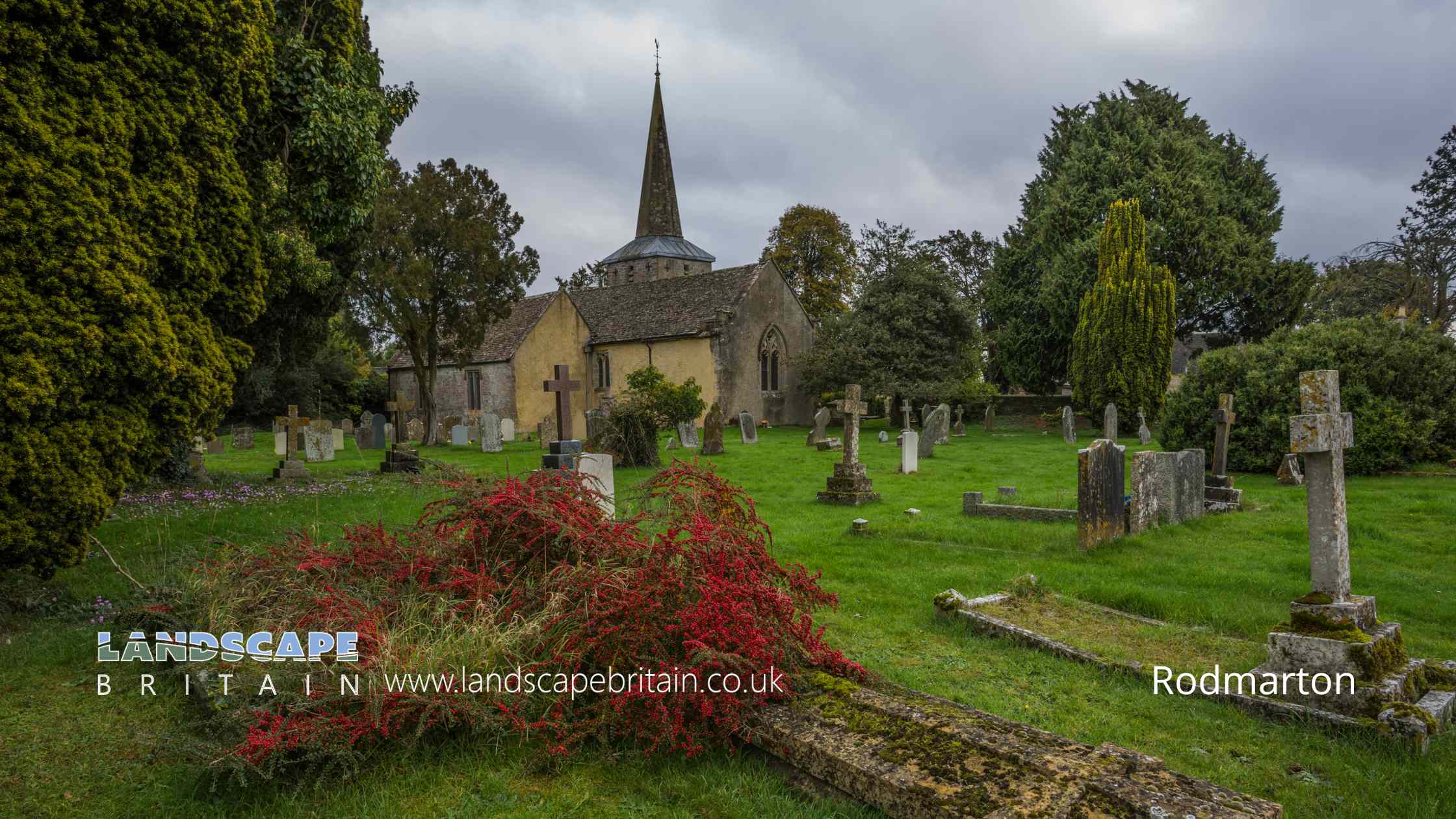
Rodmarton
Rodmarton
Rodmarton, located near Cirencester in Gloucestershire, is a quintessential example of the Arts and Crafts movement in England. This movement, which flourished between the late 19th century and early 20th century, emphasised traditional craftsmanship, the use of local materials, and a harmonious relationship between architecture and its surroundings.
At the heart of Rodmarton is Rodmarton Manor, a remarkable country house built for the Biddulph family. The construction of the house commenced in 1909 and continued until 1929, under the meticulous supervision of architect Ernest Barnsley. Barnsley, along with his brother Sidney, was a leading figure in the Cotswold Arts and Crafts movement. They championed the use of local labour and materials, and the Manor was constructed almost entirely by hand, using timber and stone sourced from the estate and nearby areas.
The design of Rodmarton Manor reflects the ethos of the Arts and Crafts movement. The house is not overly grand or ostentatious but is rather characterised by its attention to detail and the high quality of craftsmanship. The layout of the house is traditional, with a central hall and wings extending to either side. The interior is adorned with exquisite woodwork, handcrafted furniture, and fittings that were made on-site or sourced from local craftsmen.
The gardens at Rodmarton are equally impressive. Designed by Margaret Biddulph, they complement the house and are laid out in a series of outdoor ‘rooms’, each with its unique character. The gardens feature traditional elements of Arts and Crafts design, such as dry stone walls, yew hedges, and herbaceous borders, all of which blend seamlessly with the natural landscape.
Rodmarton Manor and its gardens are open to the public for part of the year, offering visitors a glimpse into the world of the Arts and Crafts movement. The house also hosts various events and educational programmes, promoting the values of craftsmanship and design that were so central to this influential movement.
Rodmarton near Cirencester is more than just a location; it’s a testament to a bygone era that celebrated the beauty of handcrafted architecture and design. The legacy of the Arts and Crafts movement is preserved in the stones, gardens, and ethos of Rodmarton, making it a must-visit destination for those interested in this important chapter of British architectural history.
Created: 11 January 2024 Edited: 26 March 2024
Rodmarton
Local History around Rodmarton
There are some historic monuments around including:
Tetbury campBowl barrow 530m south east of Nash End FarmLillyhorn Roman villa, Bournes GreenTwo bowl barrows 180m south east of Haresdown BarnRomano-British site known as Hailey Wood CampChurchyard cross in St Kenelm's churchyardEastcombe bowl barrows, 230m and 335m west of Nash End FarmNorn`s Tump long barrow, 400m south-east of Hill FarmBowl barrow 335m south east of Broadfield FarmBowl barrow known as Money TumpWindmill Tump long barrowBowl barrow in Inlands Plantation, 650m south of Hazleton Manor FarmBowl barrow 450m south east of Upper Hyde FarmBowl barrow 400m east of Upper Hyde FarmHullasey Grove medieval village siteWestwood long barrow, 400m east of Westwood Farm.





